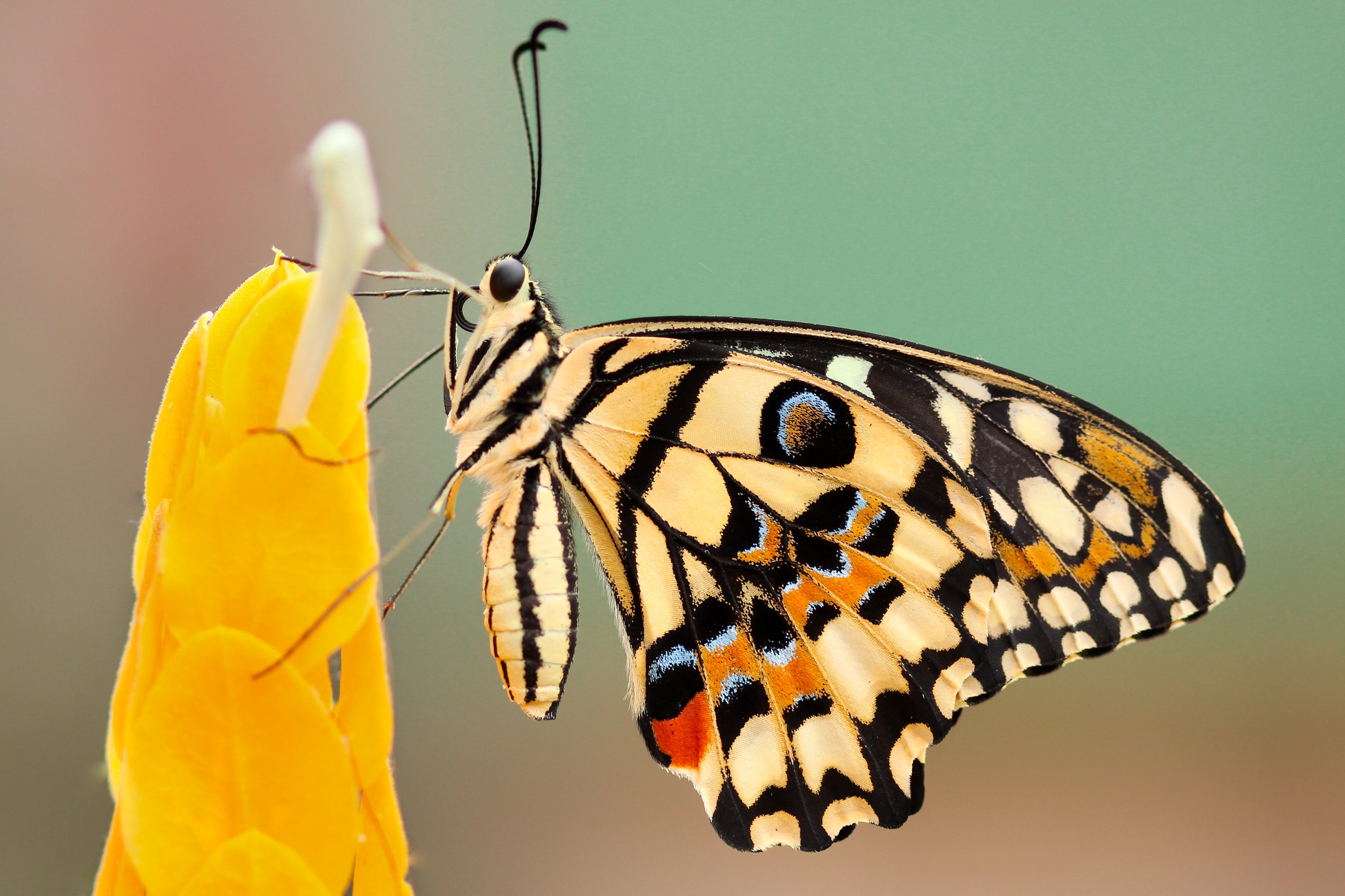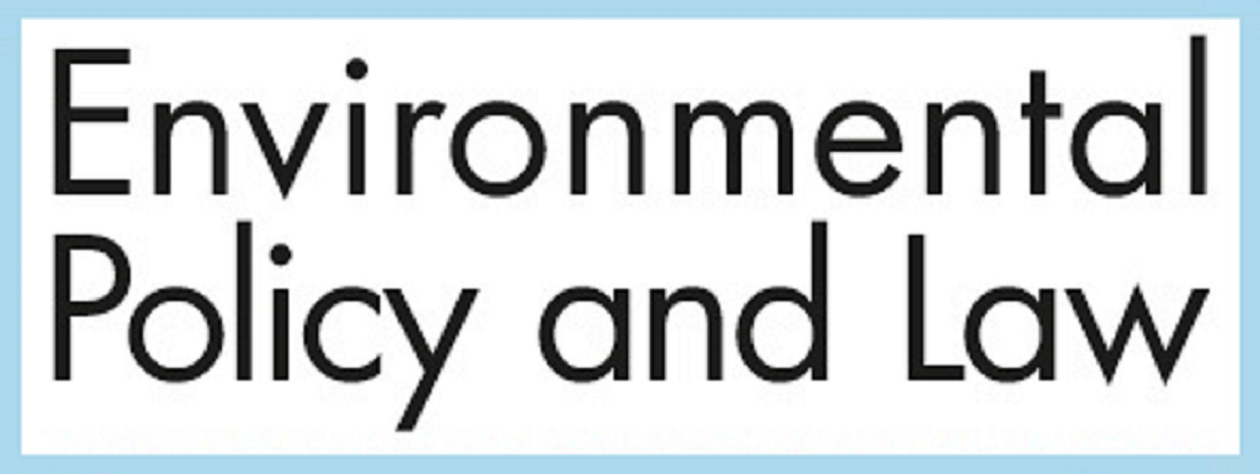
[Author: Elizabeth Maruma Mrema, Convention on Biological Diversity]
Montreal, Canada – In 2011, a strategic 10-year plan was set out by the Convention on Biological Diversity, which has fostered global action for the conservation of biodiversity but there is a long way to go. For the next decade, milestones need to be set that build on what has already been achieved, learn lessons, and fill the gaps. In order to address the global biodiversity agenda, we need to be open to the interconnectedness of different challenges and ensure engagement of all stakeholders and sectors, and, as such, a post-2020 framework has been drafted. The pathway to finalizing this framework is highlighted in this article.
The challenge
The 2019 report from the Intergovernmental Science-Policy Platform on Biodiversity and Ecosystem Services (IPBES) [1] clearly highlighted the primary [2] and secondary [3] drivers of biodiversity loss. These clearly underscore the imprint of human activities on the planet. It is thus today crystal clear that “humanity is placing too many pressures on the natural world” and that “failing to take care of the planet means not taking care of ourselves” [4].
The varied “major threats to our fragile eco-system through human actions” [5], such as climate change or biodiversity loss and land degradation as well as from the current and previous pandemics, show that fighting these threats requires concerted action supported by a long-term vision. Such a long-term vision calls for a fundamental transformation of our relationship with the natural world. The Convention on Biological Diversity (CBD), as a product of the international environmental law-making process, has a role to play in the desired transformation for the benefit of planet and people.

Global Goalposts
The CBD’s Strategic Plan 2011–2020 and Aichi Biodiversity Targets (PDF) have introduced the long-term 2050 Vision of “Living in harmony with nature” where “by 2050, biodiversity is valued, conserved, restored and wisely used, maintaining ecosystem services, sustaining a healthy planet and delivering benefits essential for all people” [6]. This Strategic Plan and the Aichi Targets have helped in fostering global action for the conservation of biodiversity. In turn, it has also triggered the implementation of targeted projects within various countries. Some of the targets have seen progress. In fact, Target 11, which aims at conserving at least 17% terrestrial and inland water, and 10% coastal and marine areas by the end of 2020 is expected to be met.
Still, the recent findings made in the IPBES global assessment, the 5th Global Biodiversity Outlook [7] and other recent reports show that the Aichi Biodiversity Targets will not be fully met by December 2020. It can be attributed to various reasons.
Ensuring Implementation
It is heartening that 170 countries (85% of the CBD parties) have adopted and/or updated their National Biodiversity Strategies and Action Plans to reflect the Strategic Plan 2011–2020. This positive development shows actual working of the CBD on the ground. However, at the same time, it has reduced the practical period of implementation to, sometimes, as much as half a decade due to the time it took many countries to put them in place. It also appears that implementation of the Strategic Plan was expected to be mainly by the governments alone through their respective ministries and departments of environment. So, it had limited participation of all the relevant stakeholders in the implementation of the CBD-driven global biodiversity agenda. As a corollary, it has prevented the development of a whole-of-government and whole-of-society approach to realize the Aichi Targets. In fact, there has been inadequate mechanism for the review, monitoring and reporting accompanying the Strategic Plan. This presented a challenge in providing regular periodic progress reports on implementation of the Aichi Targets and adjustments where needed along the way. Similarly, resource constraints faced by the parties remained another hurdle for the realization of the Strategic Plan despite increase in international financial flows as it was still inadequate.
In order to address the global biodiversity agenda, we need to be open to the interconnectedness of different challenges, such as climate change, biodiversity loss, oceanic pollution and acidification, desertification, and health impacts triggered by the pandemics. This calls for a holistic and integrated approach in attaining global transformation. For this, it appears, whole-of-government and whole-of-society approach could be requisite to tackle these challenges.
The post-2020 framework is due to be adopted at CBD COP 15 [8]. The outcome will result from the current negotiations among the parties, with contributions from all the stakeholders. Still, many elements already appear in the recently released updated zero draft of the post-2020 framework (PDF) [9]. It shows that negotiators are resolutely trying to build on the experience gained in the implementation of the 2011–2020 Strategic Plan and Aichi Targets.

Giving Primacy to Nature and People
CBD parties have made it clear that the new framework should be grounded on the 2050 Vision of “Living in harmony with nature” that may be attained by 2050 [10]. The current draft thus proposes an inspirational and motivating 2030 Mission as a stepping stone towards the 2050 Vision so as “to take urgent action across society to put biodiversity on a path to recovery for the benefit of planet and people.” In fact, various commitments made by stakeholders this year seem to take this new direction of action.
Furthermore, the draft post-2020 framework seeks to develop four main pillars:
- to reduce threats to ecosystems, species and genetic diversity;
- to ensure that nature meets peoples’ needs;
- to ensure that benefits are shared fairly and equitably; and
- to ensure the availability of means of implementation to enhance parties’ capacities to implement the framework.
By aiming to galvanize urgent and transformative action by all stakeholders, the draft framework could lead to the change of paradigm by insisting on global transformative action. The development of a review, monitoring and reporting mechanism, and strategy for resource mobilization, as well as a long-term strategic plan on capacity building and technology transfer, which are also essential elements under discussion. Devoid of such elements, it may be difficult to give effect to the implementation of the proposed new post-2020 global biodiversity framework.
The framework also aims to promote synergies and coordination in conjunction with relevant processes, including the protocols as well biodiversity-related conventions and other instruments. Similarly, it aims at including all the stakeholders – youth, business and indigenous groups – in this process. It is refreshing to note that results of such global participation are already visible as more than 560 companies (with combined revenue of $4 trillion per year) have called upon governments to adopt policies, create enabling environment to urgently halt and reverse the loss of nature [11]. Meanwhile, 150 governments – including 72 at the level of Head of State/Head of Government – along with CEOs and other stakeholders took part in the Summit on Biodiversity, organized by the United Nations on 30 September 2020 [12]. This underscores the inextricable link between global biodiversity and human life on this planet. This umbilical connectivity was amply reflected in the adoption of the Sustainable Development Goals (SDGs) by the UN General Assembly resolution 70/1 of 25 September 2015 [13]. In this decisive step forward, the plenary of the UN highlighted the significance the 5 Ps: People, Planet, Prosperity, Peace and Partnership.
A total of 14 out of the 17 SDGs depend, directly or indirectly, on the contribution of biodiversity for their success [14]. For instance, it is at the root of SDG14 (conservation and sustainable use of oceans, seas and marine resources), as well as SDG15 (protection, restoration and promotion of sustainable of terrestrial ecosystems), among others. Biodiversity, through cross-connections between the CBD and other functional organizations of the UN system, such as World Health Organization (WHO) and Food and Agriculture Organization (FAO), also takes several SDGs within its ambit (especially SDGs 1, 2, 3, 6, 11, 12, 13 and 14). The success of the global biodiversity framework thus remains central to the symbiosis between nature and people.
The Road Ahead
In view of the above, it is high time that the global biodiversity agenda finally reverses the depletion of the biological resources and strive for augmenting biodiversity for future wellbeing of the people. Only by bringing nature to the center of our existence will we be able to galvanize global efforts for protection of clean water, food, resources, livelihoods, health, and the full enjoyment of human rights. Therefore, the next strategic plan of the CBD, the post-2020 global biodiversity framework, will hold the key to the future of the planet and sustenance of a projected population of 10 billion.
The current updated zero draft of the post-2020 framework as well as the engagement of the CBD parties and the stakeholders in the process seem to indicate that issues encountered in the implementation of the current Strategic Plan and Aichi Biodiversity Targets have been duly analyzed, reflected upon, and efforts are being made to address them. It is our hope that by advocating for a “whole-of-government”, “whole-of-society” and “One-Health” approach, we will be able to transform our development models and achieve sustainable development for a greener future for all life on Earth.
References
1. IPBES (2019), Global Assessment Report on Biodiversity and Ecosystem Services, E. S. Brondizio, J. Settele, S. Díaz, and H. T. Ngo (Eds) (IPBES secretariat; Bonn, Germany), link: pbes.net/global-assessment (last accessed: 18 January 2021).
2. Changes in land and sea use, direct exploitation of organisms, anthropogenic climate change, pollution, and invasion of alien species.
3. Human population dynamics, habitat conversion and fragmentation, urbanization and industrialization, production and consumption patterns and trends, governance, trade, technological innovations, etc.
4. Inger Anderson, UNEP Executive Director, quoted by writer Damian Carrington, “Coronavirus: ‘Nature is sending us a message’, says UN environment chief”, The Guardian, 25 March 2020, link: theguardian.com/world/2020/mar/25/coronavirus-nature-is-sending-us-a-message-says-un-environment-chief (last accessed: 18 January 2021).
5. Bharat H. Desai, “Threats to the world eco-system: A role for the social scientists” (1992), Social Science & Medicine, 35(4): 589–596.
6. UNEP (2010), Decision X/2. The Strategic Plan for Biodiversity 2011–2020 and the Aichi Biodiversity Targets, Doc. UNEP/CBD/COP/DEC/X/2, 29 October 2010, link: cbd.int/doc/decisions/cop-10/cop-10-dec-02-en.pdf (PDF) (last accessed: 18 January 2021); see also, link: cbd.int/doc/strategic-plan/2011-2020/Aichi-Targets-EN.pdf (PDF) (last accessed: 18 January 2021).
7. SCBD (2020), Global Biodiversity Outlook 5, link: cbd.int/gbo5 (last accessed: 18 January 2021).
8. CBD (2020), Fifteenth Meeting of the Conference of the Parties to the Convention on Biological Diversity, link: cbd.int/meetings/COP-15 (last accessed: 18 January 2021).
9. CBD (2020), Update of the Zero Draft of the Post-2020 Global Biodiversity Framework, Doc. CBD/POST2020/PREP/2/1, 17 August 2020, link: cbd.int/doc/c/3064/749a/0f65ac7f9def86707f4eaefa/post2020-prep-02-01-en.pdf (PDF) (last accessed: 18 January 2021).
10. CBD (2018), Decision 14/34. Comprehensive and participatory process for the preparation of the post-2020 global biodiversity framework, Doc. CBD/COP/DEC/14/34, 30 November 2018, link: cbd.int/doc/decisions/cop-14/cop-14-dec-34-en.pdf (PDF) (last accessed: 18 January 2021).
11. Business for Nature (2020), Call to Action, link: businessfornature.org/advocate (last accessed: 18 January 2021).
12. United Nations (2020), United Nations Summit on Biodiversity, 30 September 2020, link: un.org/pga/75/united-nations-summit-on-biodiversity (last accessed: 18 January 2021).
13. United Nations (2015), Transforming our world: the 2030 Agenda for Sustainable Development, Doc. A/RES/70/1, 21 October 2015, link: un.org/en/development/desa/population/migration/generalassembly/docs/globalcompact/A_RES_70_1_E.pdf (PDF) (last accessed: 18 January 2021).
14. United Nations (2015), Transforming our world: the 2030 Agenda for Sustainable Development, online publication, link: sdgs.un.org/2030agenda (last accessed: 18 January 2021).

